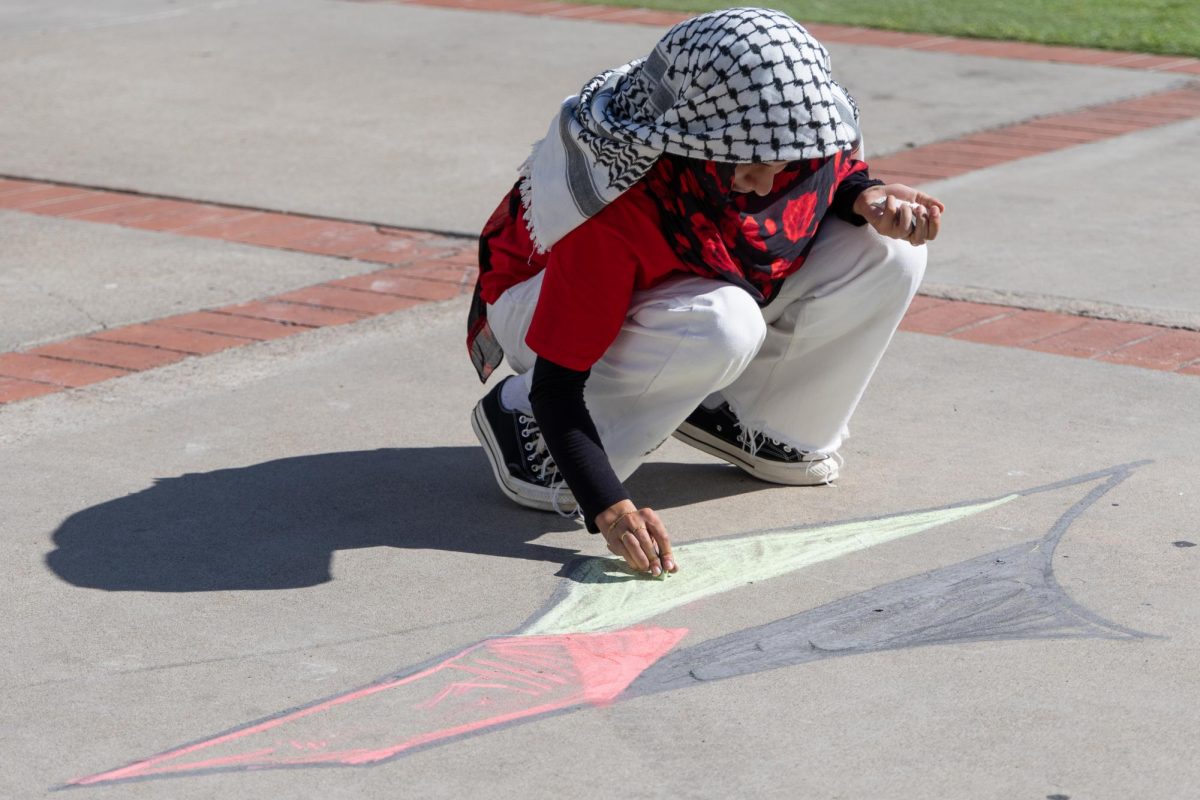Last year, the Center for Public Integrity investigated sexual assault on college campuses in the United States. The results indicate many schools resort to closed hearings to resolve cases that are not pursued by law enforcement, that such hearings are “shrouded in secrecy” and those students who are found responsible can face modest penalties.
While the investigation did not include information from San Diego State, one student’s experience mirrors that of many college women included in the CPI report.
In her junior year at SDSU, “Nora”* was raped and beaten by her then-boyfriend. The immediate repercussions of her attack included being subjected to the Sexual Assault Response Team Exam, which victims describe as invasive, as well as having her injuries photographed and filing an official police report. Fearful for her safety, Nora committed to filing a permanent restraining order against her attacker. However, according to Nora, the police report and the photographs of her injuries were not made available to her until months after her attack.
When The Daily Aztec questioned the SDSU Police Department about the timing of this response, we were told there is no policy requiring the department to provide a copy of the report to the victim within a certain period of time, primarily because the circumstances for each incident vary. Nora asserted it took six months.
“It’s hard for you to take any action on your own,” Nora said, of not having possession of the evidence sooner.
“I was at Staples taking pictures of my bruises, doing all of this on my own, paying out of pocket,” she said. “So you can see how the victim becomes a little mini attorney and investigator during this whole process — trying to navigate the complexities of the legal system.”
Her efforts yielded results in legal proceedings. The defendent was arrested, charged with rape, battery and making criminal threats, and he spent the night in jail.
The next step taken was a disciplinary hearing at the Center for Student Rights and Responsibilities. According to the CSRR’s website, an appointed hearing officer acts as the “judge,” overseeing the process, making a judgment about the accused student’s conduct and recommending sanctions. The judgment is then forwarded to Vice President of Student Affairs Dr. James Kitchen, who makes the final decision.
According to the Student Conduct Procedures for the California State University, the hearing officer must submit the decision within 10 working days, and the final decision letter must be sent within five working days. According to Nora, when she did not receive a decision for more than eight weeks, she wrote a statement to Kitchen, on the advice of her counselor. Eight months after the initial incident, she was notified of the decision. Her former boyfriend was expelled.
Nora said the university told her she was not allowed to discuss his expulsion with anyone else. Nora believes that if she had not sent a written statement to Kitchen holding him personally accountable, the matter would not have been addressed.
The sanctions that the university has the authority to impose on its students are less strict than those imposed by a court trial — no one goes to jail if found guilty of violating the Student Conduct Code — so the standards of evidence presented during the hearing are less strict as well.
The application of these sanctions depend on the hearing officer’s judgment. Conceivably, a student found guilty of sexual assault could receive punishment as punitive as writing an essay on the subject; similarly mild outcomes were reported to the CPI investigation. Nora’s case, which resulted in her assailant’s expulsion, is a rare story in the context of the national investigation.
Lee Mintz, the director of the Center for Student Rights and Responsibilities, said at SDSU, the serious consequences were more common in cases involving sexual misconduct, a term that encompasses a wider range of behaviors than just sexual assault and rape. She explained that for women who have been the victim of an attack, the center is primarily concerned with giving them access to whatever resources they need.
“We always encourage them to report the incident to university police,” Mintz said. However, a report is not required for students to begin the disciplinary process. The CSRR can connect students with counseling and support as needed.
To read the full CPI investigation, “Sexual Assault on Campus,” visit publicintegrity.org/investigations/campus_assault
*Name changed to protect the privacy of those involved.
—Stacey Oparnica significantly contributed to the information gathering process of this story.
STATISTICS
Number of women who will experience an attempted or completed rape: 3 in 10
Percentage of women who do not report their rape: 95%
Number of students on campus: more than 30,000
Percent of students who are female: 57.8 %
Number of rapes reported to SDSU Police since 2007: 47
Projected actual incidents since 2007: 940
Possible SDSU sanctions for students found guilty of violating the code*:
•Pay restitution
•Lose his or her financial aid
•Complete an “educational” sanction, such as writing an essay or research paper
•Denied access to the campus
•Placed on disciplinary probation
•Suspension
•Expulsion
•Denied admission or readmission
* The Student Conduct Code includes a wide variety of standards, including, but not limited to, academic dishonesty, plagiarism, theft, hazing, and so on.






